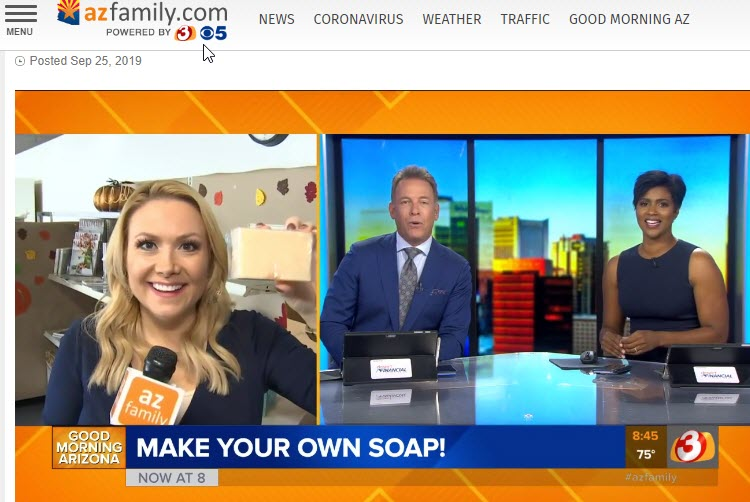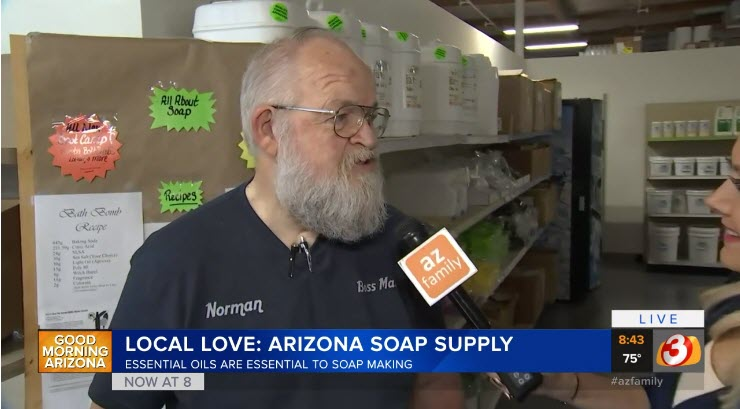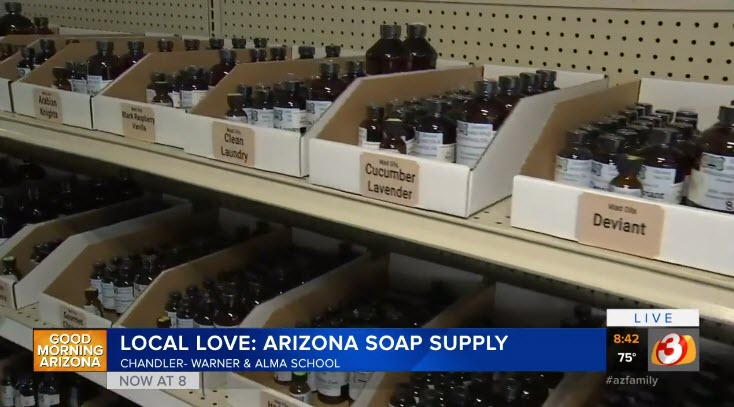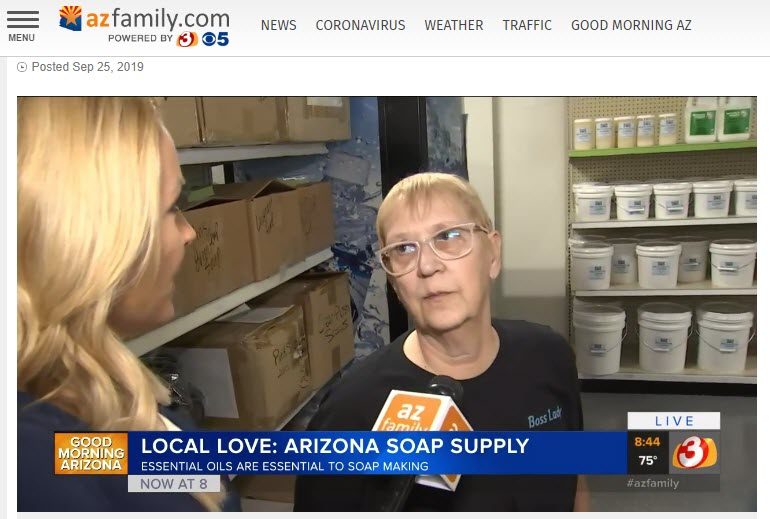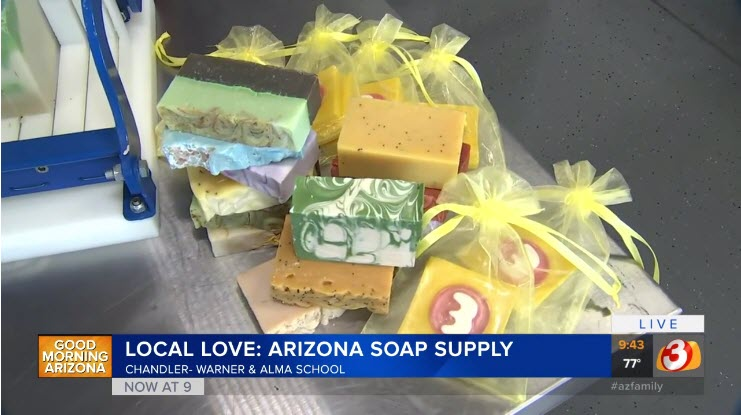Soap Making Basics
February 04, 2020 12.45pm
If you are into things that are easy, frugal, creative, fulfilling and most importantly can be done from your own home… Soap making may be for you! Whether you are looking for a more natural alternative to commercial soap or are just a crafty person looking for a new creative adventure, making soap is fun and not too complicated.

Making Soap Is a Basic Chemical Reaction
Soap is the result of a basic chemical reaction between fats or oils and lye. (That is basically it!). By choosing a combination of quality oils, adding your favorite fragrance or essential oils, and combining that with vibrant colors, your soap suddenly takes on character traits that commercially created soap cannot begin to compete with.
Let’s cover the basics of making soap…We are going to cover two basic methods:
Melt and Pour: A process in which you melt pre-made blocks of soap and add your own fragrance.
Cold Process: The most common method of making soap from scratch with oils and lye.
Melt and Pour Soap Making
Making soap with a melt and pour base is sort of like making a cake with a cake mix. What you lose in control of your ingredients and customization of your recipe, you make up for in safety, ease, and convenience.
With melt and pour soap making, you buy pre-made blocks of uncolored, unscented soap “base” from a craft store or soap supplier. You melt the soap base in the microwave or a double boiler. When the soap is fully melted, add fragrance, color and/or additives. Put it in a mold, and voila, you’re done. The soap is ready to use as soon as it hardens.
To get started with melt and pour soap making, you need:
- A countertop or other clean workspace with a microwave or double boiler
- A heat-resistant bowl for the microwave
- A couple of spoons or whisks
- Some melt and pour soap base
- A set of measuring spoons
- Fragrance, color, or additives, as desired
- Something to mold the soap in
There are some considerations for this type of process; while it's simple and easy, it's also harder to control the outcome.
Cold Process Soap
If making melt and pour soap is akin to using a cake mix, cold process is making your cake from scratch. You control everything that goes into the pot and you can make it as natural as you want. Your setup is a little more complicated and you’ll need to learn a few techniques of the craft first.
To make cold process soap, you heat the oils in your soap pot until they’re approximately 100 degrees. Slowly add the lye-water mixture and blend the soap until it thickens to trace (Simply put, trace is a point in the soap making process when oils and lye water have emulsified. Once the soap has reached thin trace, it will continue to thicken over time. Mixing lye water and oils together starts the saponification process. After the mixture reaches trace, you add your fragrance, color, and additives and pour it into the mold. The raw soap will take about 24 hours to harden and about four weeks to cure before it’s ready to use.

To get started making cold process soap, you’ll need:
- A flat, uncluttered workspace with a heat source and access to water
- Some animal fats or vegetable oils
- A pitcher of lye-water
- A soap pot and some other easily found tools and equipment
- Fragrance or essential oil, as desired
- Natural or synthetic colorant, as desired
- A mold to pour the raw soap into
- A cool, dry place to let the soap cure
Whichever method you choose, you can get to the result of homemade soap rather quickly. Work patiently, follow the instructions closely to start with. Once you’re familiar with the basic steps, you’ll be able to let your creative inspirations flow. After that, the limit is only your personal preferences and imagination. Sign up for our classes to learn how to start making your own soap today!






